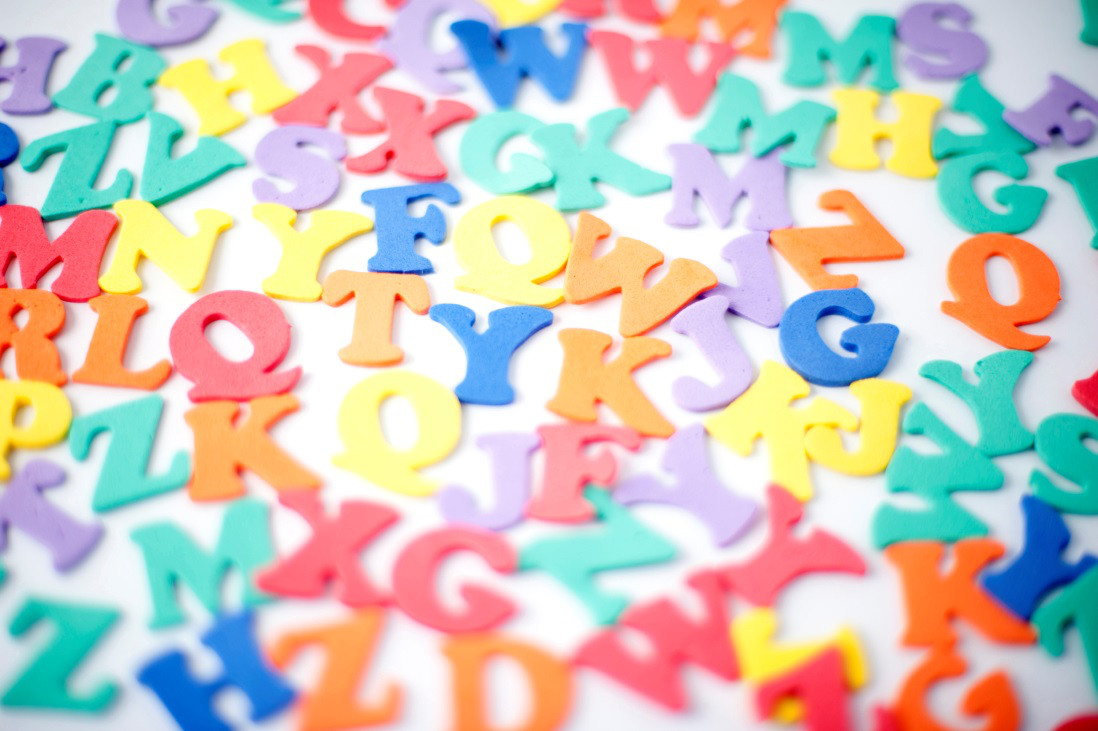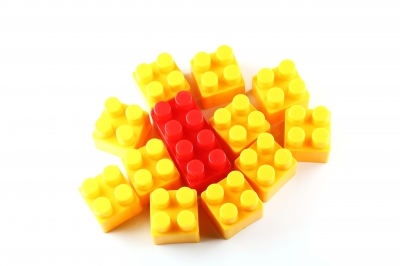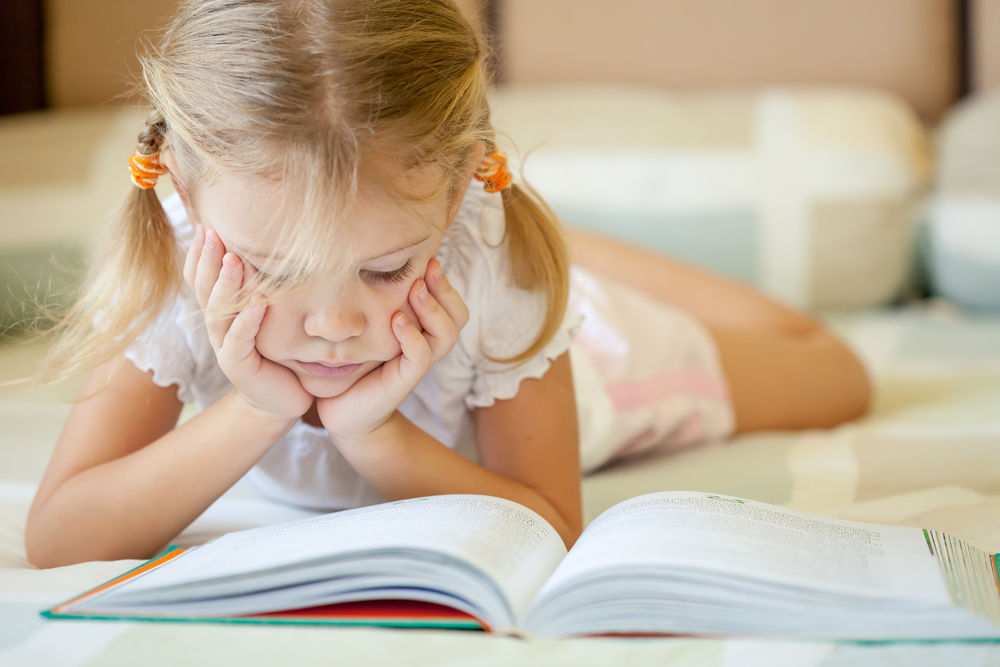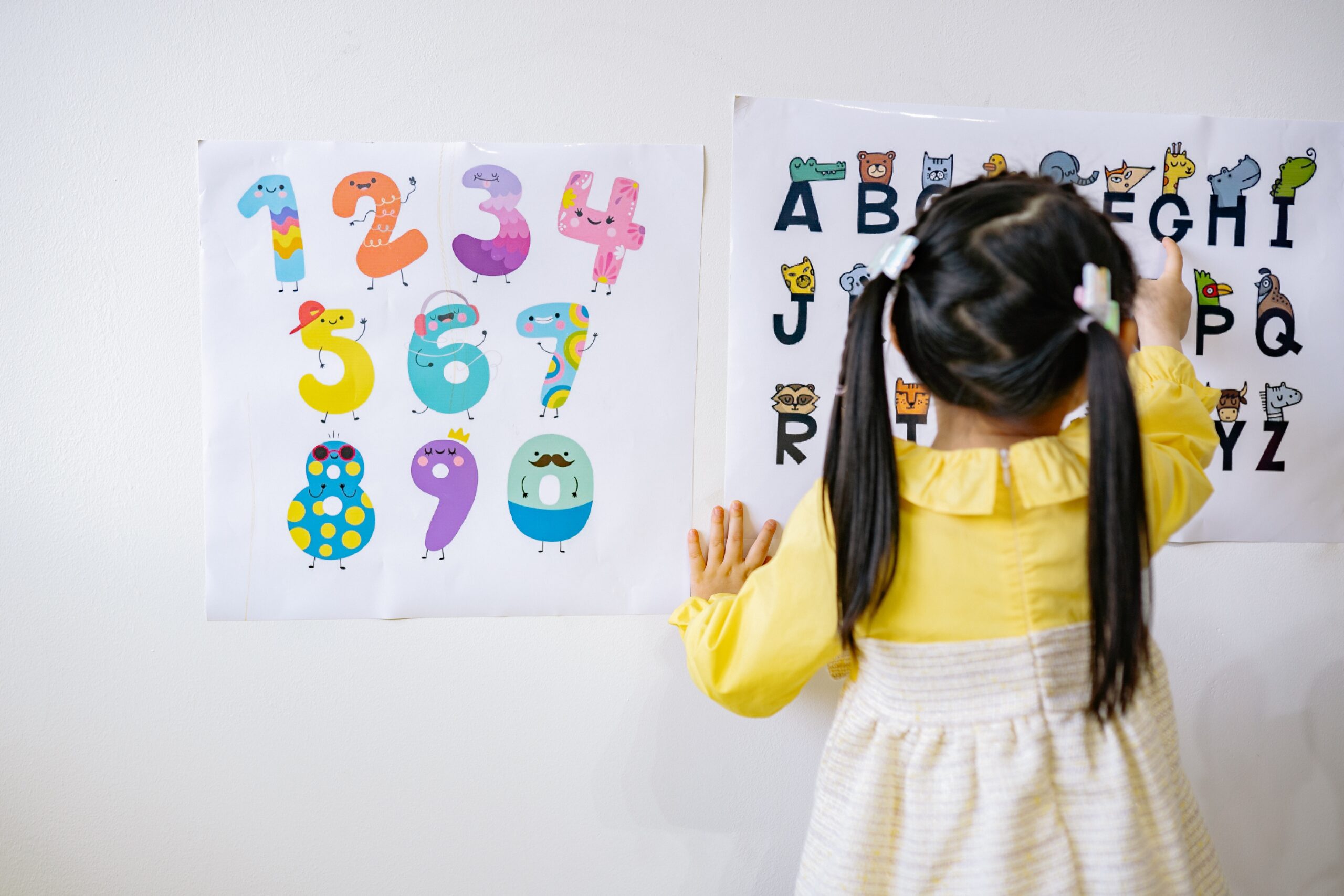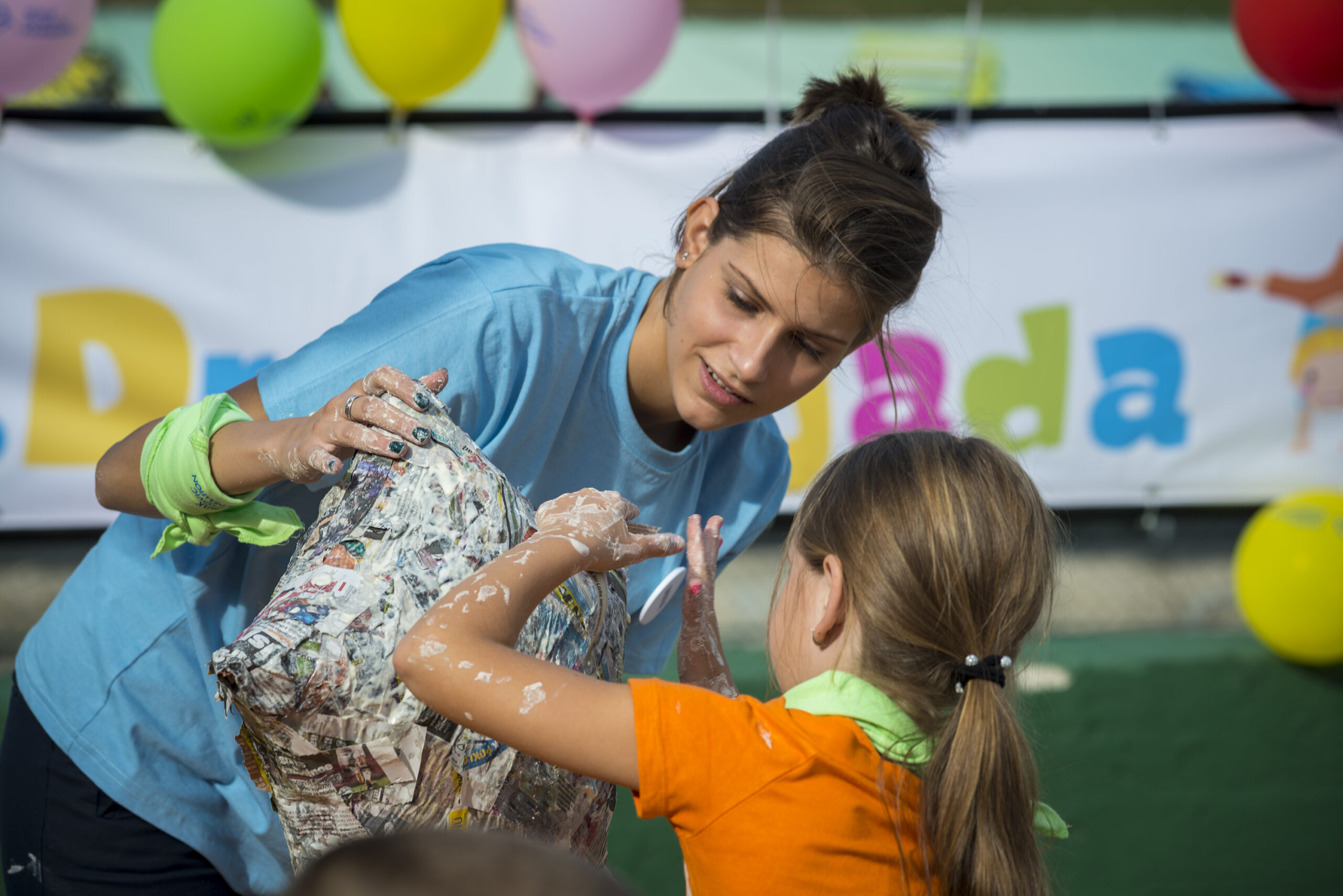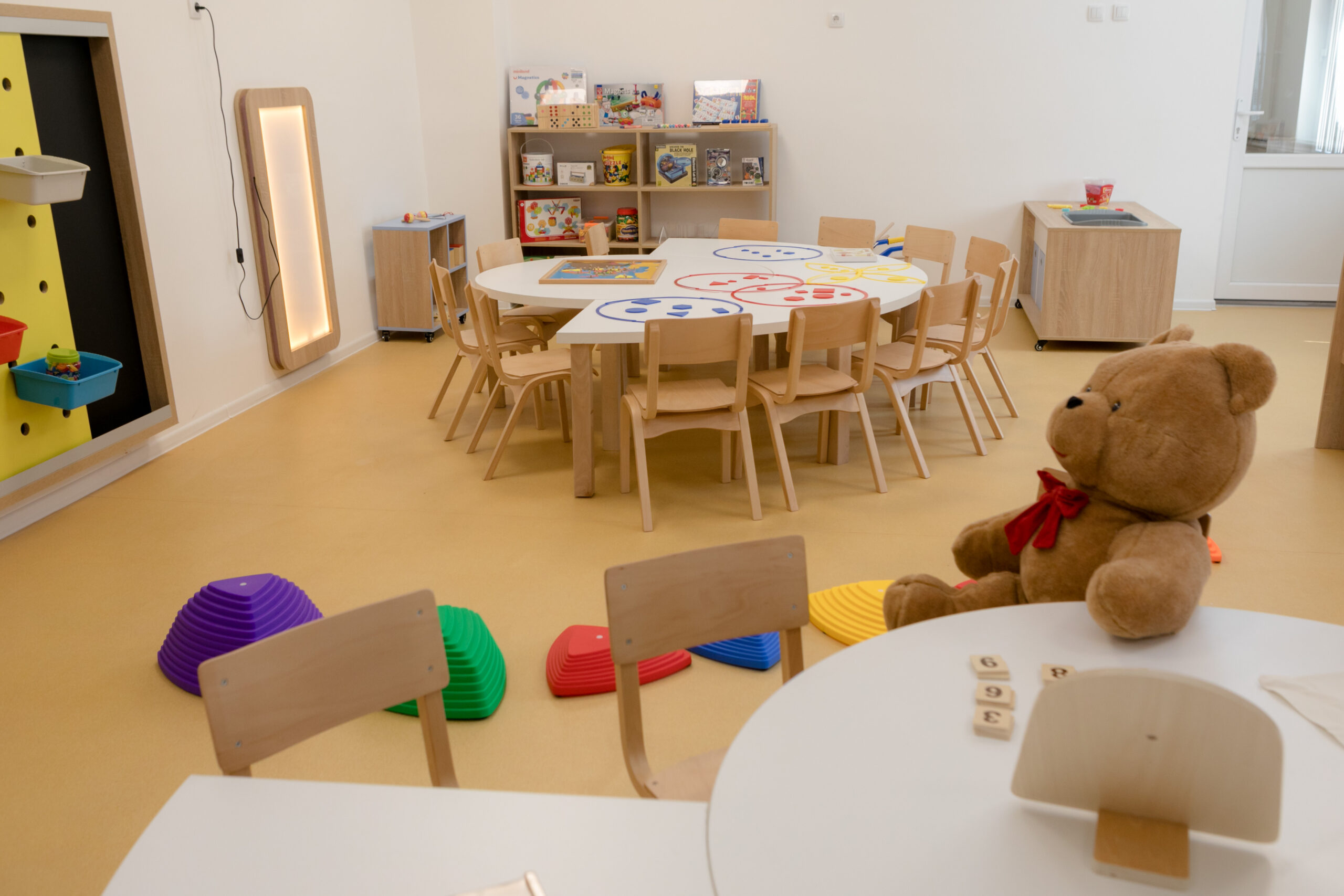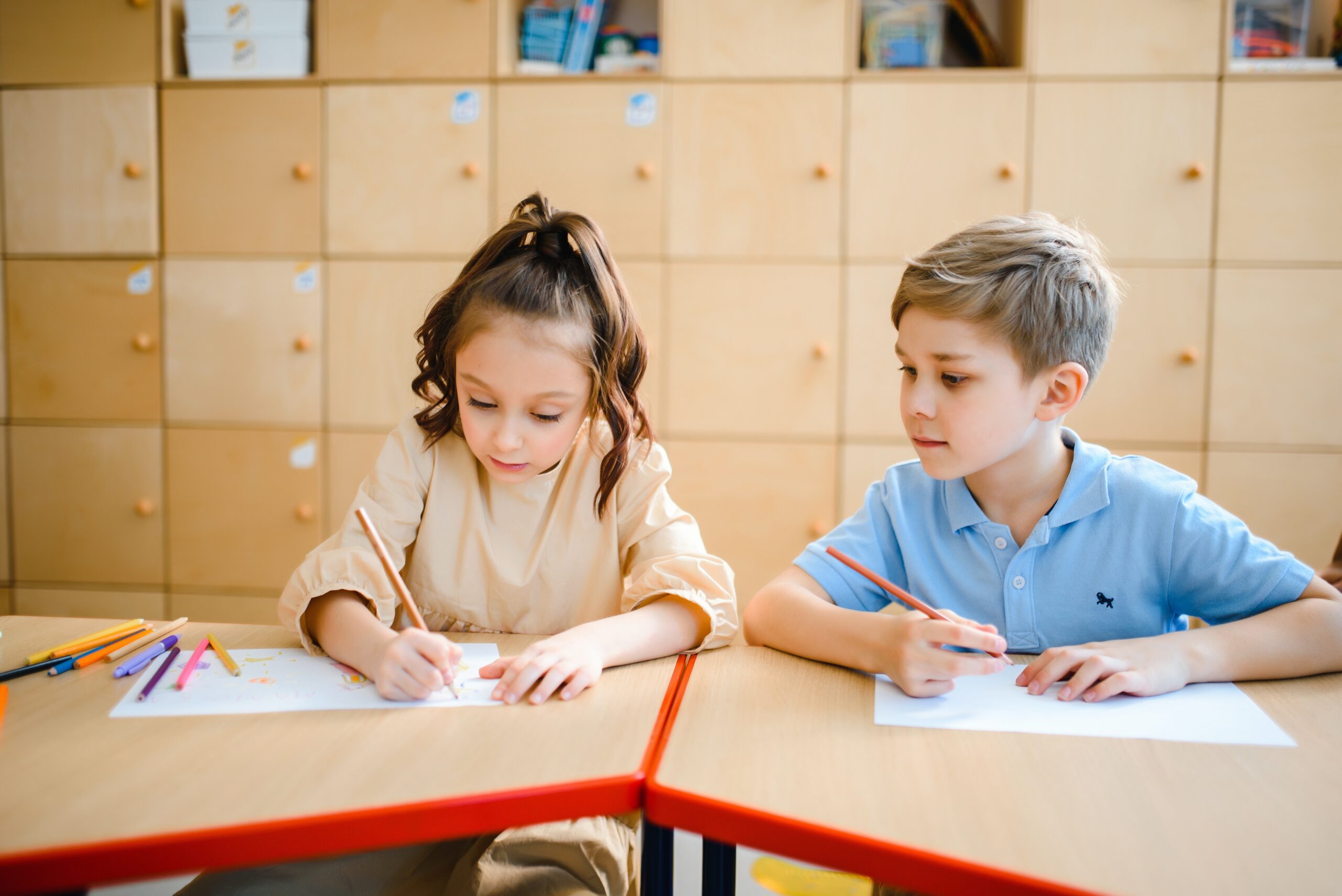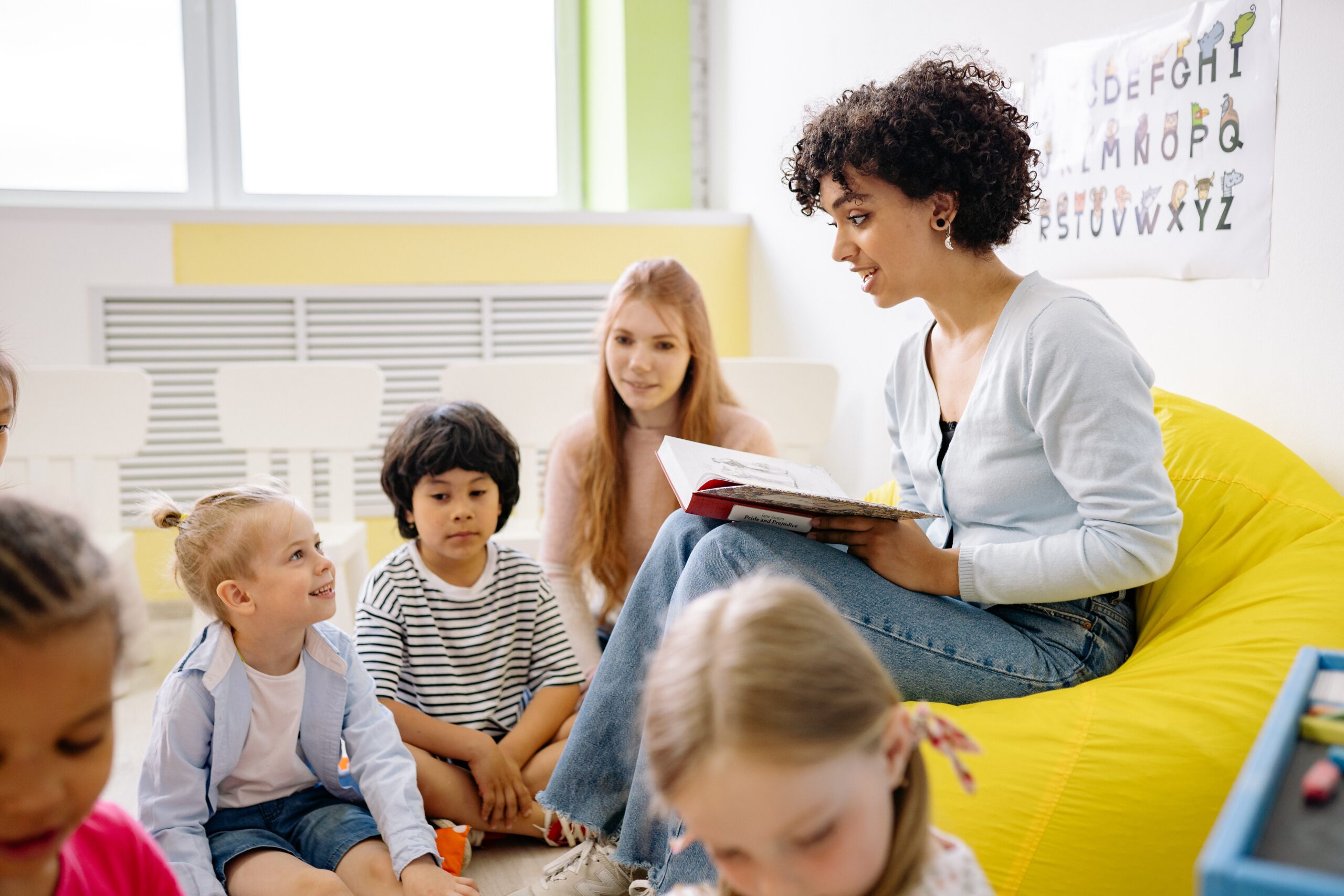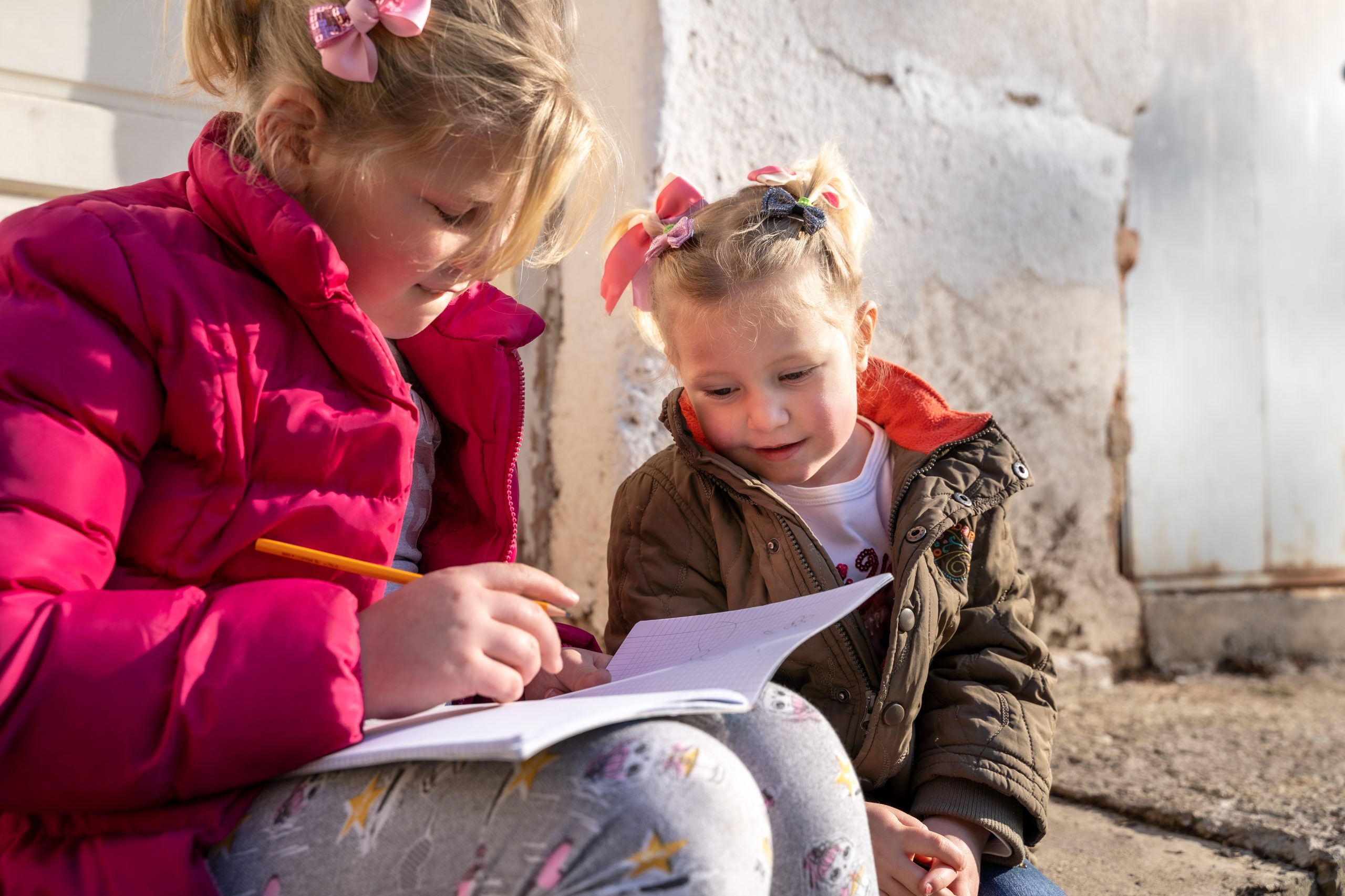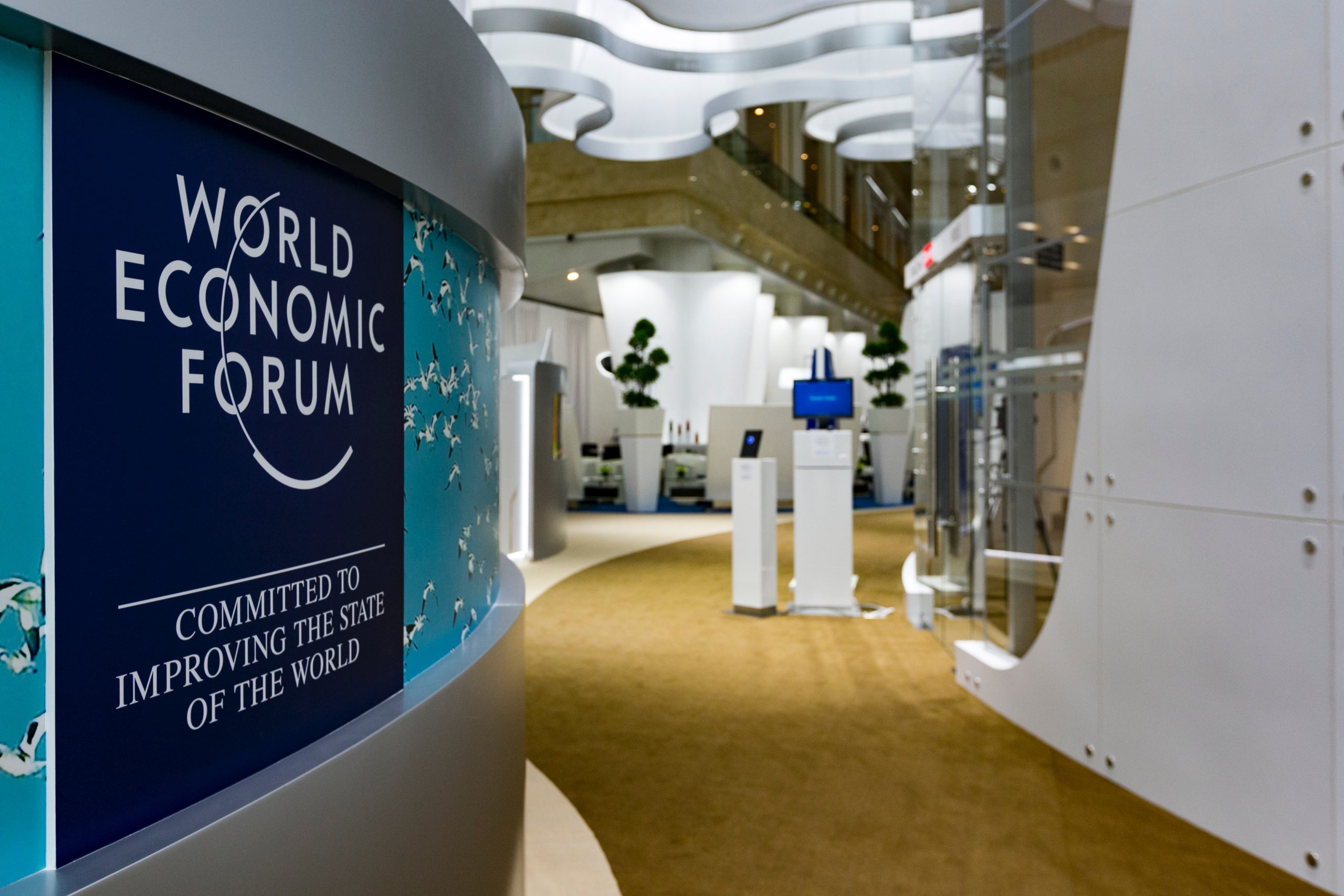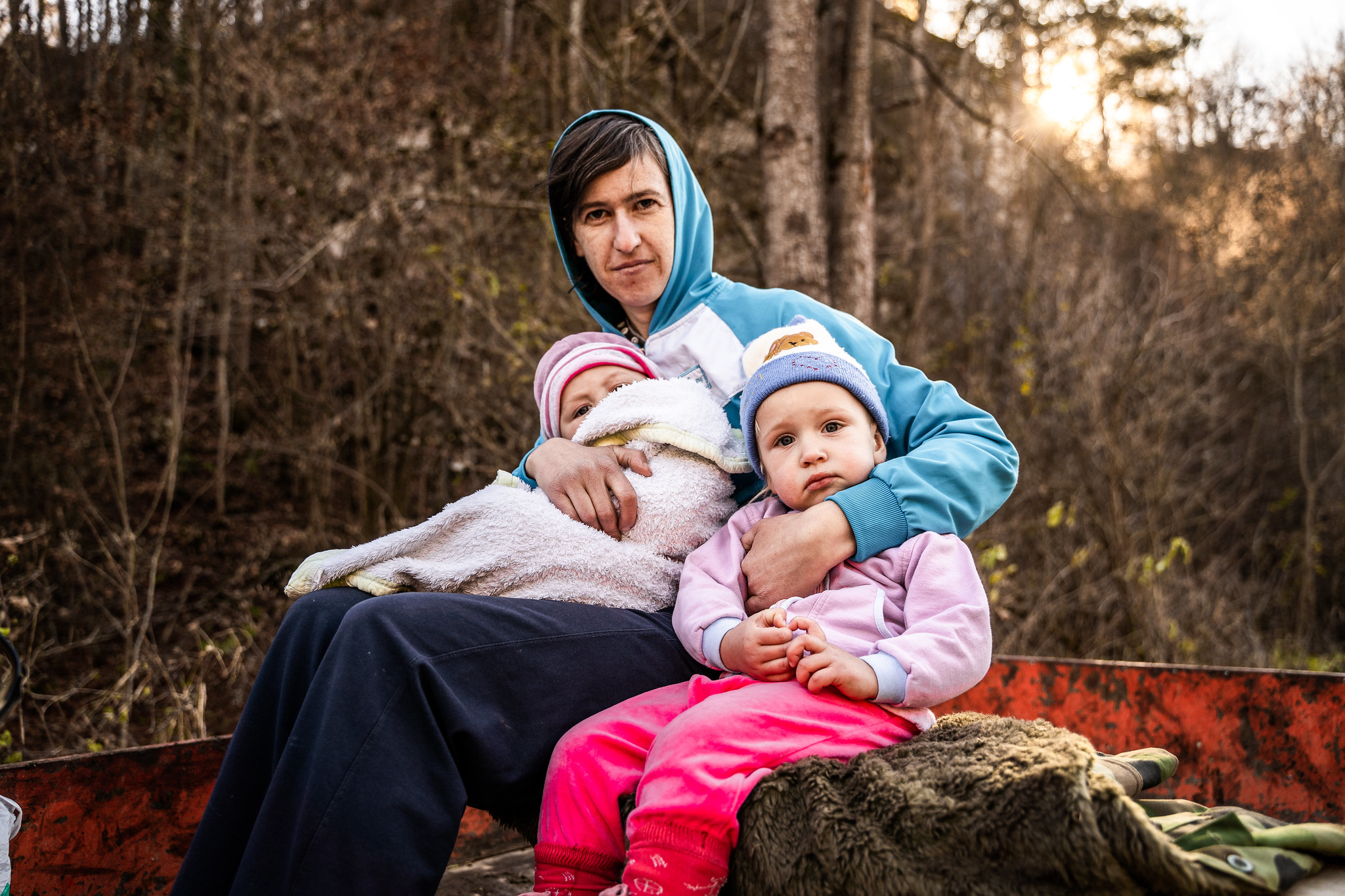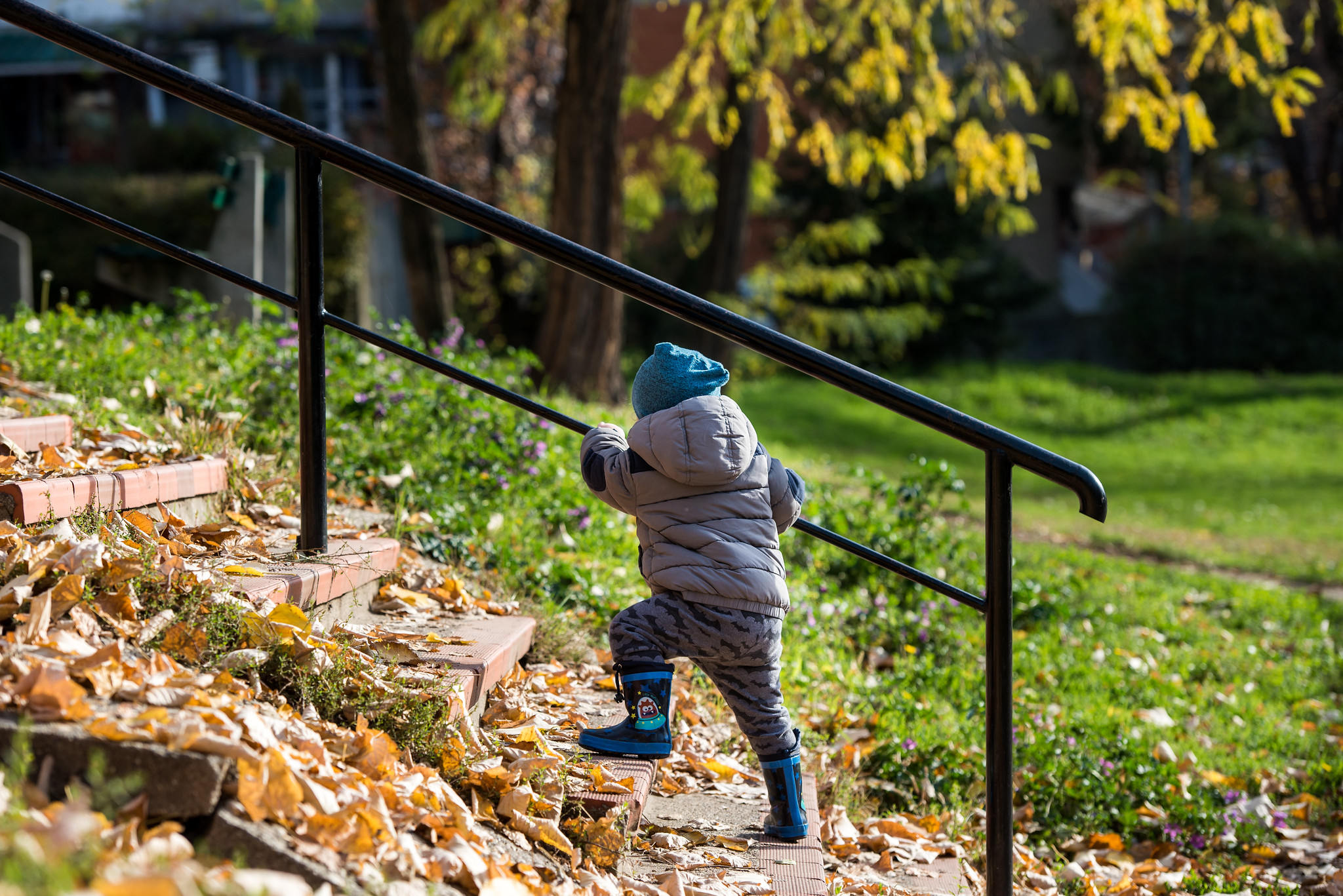Creativity guru, Sir Ken Robinson has had more YouTube hits than most never mind that he is not the latest pop sensation but an expert on education.
His YouTube video ‘Changing Paradigms’ is a critique of education systems around the world and how our antiquated pedagogies are failing children and preventing them from achieving their potential. He also addresses an oft avoided question – why and how do we and should we educate our children? Rather than considering these questions, politicians often hide behind the adages of ‘raising standards’, ‘better results’ and ‘getting back to basics’.
Sir Ken Robinson particularly laments the ways in which education stifles and kills the creativity of our children.

“Creative Light Bulb With Happy Family Drawing” by KROMKRATHOG. Image courtesy of FreeDigitalPhotos.net.
Why is creativity important?
Describing creativity as the “process of having original ideas that have value“, Sir Ken Robinson considers it imperative for our economic and cultural future. We live in uncertain and unpredictable times. As the global economy has shuddered and groaned over the last few years, the employment market has changed, in some ways unrecognisably. Not only can we not predict the shifting sands beneath us in the distant future, but we cannot envisage the near future either. Today’s children will need to find ever more creative, entrepreneurial and resilient ways of making a living and being world citizens.
Can creativity be improved?
According to a study by Breakpoint into divergent thinking (a way of seeing multiple answers to a problem), cited by Ken Robinson, 98% of the children tested (at kindergarten age) were geniuses. However, ten years later this had diminished to 10%. Whilst divergent thinking is not the same thing as creativity, Sir Ken Robinson considers divergent thinking as an ‘essential capacity’ for creativity. Surely education should improve our innate talents and skills? Do we not acquire new abilities and progress as we go through life? The intimation in the Changing Paradigms video is that education and standardised testing have a lot to answer for in stunting the development of creativity in our children. However, it does not have to decline with age. Just like the use of a muscle, creativity is a skill that needs to be honed and practised.
How can you encourage creativity in your children?
- Remember, the possibilities are endless. There are multiple answers. Dare to dream…
- Role-play and free play are both fantastic to open up the imagination. If your children are struggling to come up with ideas for this you may want some props. A sheet and some chairs can create a super tent for a scenario – treasure to seek, a valiant rescue to exact, a mountain to conquer.
- Construction toys such as lego or building blocks without a set model to make. Leave it open ended. Perhaps the end result will be a cross between a helicopter and a boat which can only operate on the imaginary planet of Zog.
- Encourage risk taking and exploration. Not every exploration will result in a work of unparalleled ingenuity but this is the process of learning. Allow children to try mixing colours together to form that leaf shade of green and encourage them to reflect on how successful it was. How could it be improved? What other colours could you try? What would happen if…?
- Praise effort rather than an innate ability. Encourage the process rather than the end result.
- Ask open ended questions such as ‘What would happen if…?’ ‘How else could we solve this problem?’ ‘Tell me what might happen next?’ ‘Why do you think that?’
- Boost confidence. A child cannot maximise his or her creative potential if he/she doesn’t have the confidence to “have a go” or dare to think differently.
- Provide a creative environment which includes light and space as well as allowing children to independently choose and dictate their line of investigation. Let activities be messy in a set “area” and make sure that children help to clear up afterwards.
- Let children direct outings. Get them to choose a museum. Ask them what they would like to find out about and how they might do it. Scaffold independence and allow them to take the lead.
References
http://www.nfer.ac.uk/nfer/publications/55502/55502.pdf

